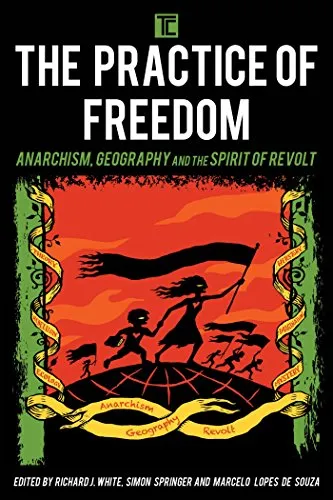
The last two decades have seen a re-birth of practices and principles that connect with the ‘soul’ of left-libertarianism, although they may not explicitly engage with the anarchist tradition. From practices of mapping and land-use planning to local protests and transnational social movements, this book explores a variety of case studies that trace the influences of, and affinities between, anarchist and geographic practice. The chapters explore the vast possibilities of inventive, exploratory libertarian practices from contemporary and historic contexts around the globe.
They examine the ways in which various spatial practices have been compatible with left-libertarian principles, and explore the extent to which anarchists, neo-anarchists and libertarian autonomists have animated these waves of protest and forms of resistance. In an age that is desperately in need of critical new directions, this volume shows that a serious (re)turn toward anarchist thought and practice can challenge and inspire geographers to travel beyond their traditional frontiers of geographical praxis.